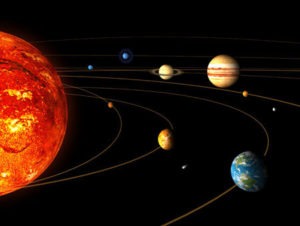A planetary gearbox is a gearbox with the input shaft and the result shaft aligned. A planetary gearbox is utilized to transfer the biggest torque in the most compact form (referred to as torque density).
The bicycle’s acceleration hub is a good exemplory case of a planet-wheel mechanism: Have you ever wondered ways to get so much power and features in such a small hub? For a three-rate hub, a one-stage planetary equipment system is used, for  a five-velocity hub a 2-stage. Each planet gear program has a reduction state, a primary coupling and an acceleration setting.
a five-velocity hub a 2-stage. Each planet gear program has a reduction state, a primary coupling and an acceleration setting.
In mathematical terms, the tiniest reduction ratio is 3: 1, the largest is 10: 1. At a ratio of significantly less than 3, sunlight gear becomes too large against the planet gears. At a ratio higher than 10 the sun wheel becomes too little and the torque will drop. The ratios are usually absolute i.e. an integer number.
Whoever invented the planetary gearbox is not known, but was functionally described by Leonardo da Vinci in 1490 and has been used for years and years.